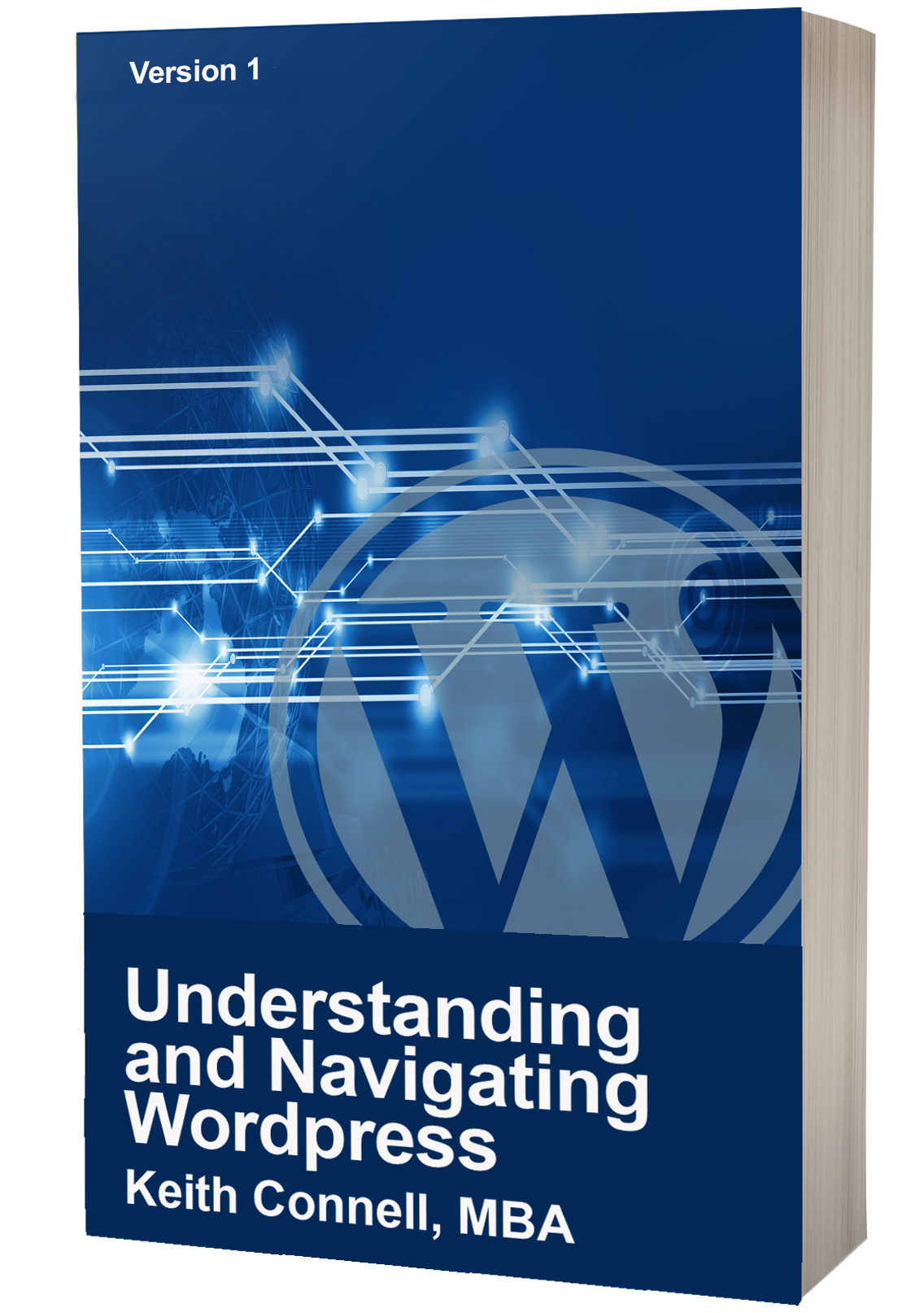
Porter’s Five Forces Transcript
In 1980 Michael Porter released a book entitled “Competitive Strategy: Techniques for Analyzing Industries and Competitors” that presented the undeniable forces that impact every marketplace in every country around the world. Though these forces are frequently used to measure the intensity or level of competition and how attractive and profitable an industry is, the model does have some exclusions.
But let’s jump right into the five forces which are competition in the industry, the potential of new entrants or competition, the power of the suppliers, the power of the customers and consumers and the threat of possible substitutes for the products.
Let’s have a deeper dive into the framework though. For example, looking at the level of competition in the industry helps identify potential threats to the sovereignty of the market. For example, if a market has several competitors and equivalent products, the company loses significant power in its marketplace. For example, let’s talk about fast food. Looking around the fast-food circuit, one sees a multitude of options that a consumer can buy, which means that the consumer for the most part will determine what the market will bear for the price of a hamburger. For example, if the Golden Arches decided to raise the price of their quarter pound burger to $12 a burger, the consumer could easily go down the road to royalty and buy their larger burger at a more realistic cost.
Flipping the concept over, let’s look at an oligopolistic market such as wireless communications in Canada. We know that the blue company and the red company can pretty much set the price at whatever they feel is appropriate within reason because this industry is controlled by the CRTC. If a consumer doesn’t like the price, there are not a lot of options to go to.
With all this said, the power of a company in a market is also determined by the potential of new companies to enter a market. If a market has a low investment required to enter, there is an increased threat of new competition. For example, the cost to start a web design company is about $5000 for the computer, website, domain name and some initial advertising. Basically, anyone can start a company. The control a company has on the market is tenuous at best because there are always new entrants in the market, looking to make a quick sale and willing to sell their product cheap. If a company is in a more difficult market to invest into such as say, automobile manufacturing, the companies can charge higher prices knowing that their stake in the market share is relatively stable.
So, we are now at the next input in the framework – the power of suppliers to drive up the costs of inputs which is affected by the number of key suppliers and of course howe unique the input is. We just talked about the threat of new entrants and the competition so it stands to reason that if there is a part that is essential to a final good and it is unique, the supplier can pretty much set their price which directly impacts the volatility of the price of the final product. For example, if a computer company was reliant on a specific lithium battery that is only made by one company, the supplier of the battery to the computer manufacturer can set the price for the battery high knowing that the company either has to modify their design away from the battery or increase their prices. Another example of this is the cost of gas. If the supplier of raw crude sells the product for a $100 a barrel, the refinery is now faced to increase the price to the gas station who then is forced to increase their price at the pump.
Now as customers, we do have an ability to drive prices either up or down. This is due to the supply and demand model of business. If there are fewer customers in the market, the customer can either pay the current price or demand that the price is decreased by not purchasing the product until the seller lowers their price, or goes out of business. On the other side of the coin, if the customers are clamouring for the product, the seller can then increase the price as the demand outweighs the supply making the product scarce. For example, during the early stages of the pandemic, people were panic buying the toilet paper from the stores leaving no supply. This opened the doors to retailers be able to sell the product for two, three, or even four times its actual value.
Now the lase stage of the model poses a larger threat to an organization as the consumer is able to find an alternative or substitute to their product. This means that the company who produces a product where there are fewer substitutes available, enjoys a firmer grasp of the market where those who are in an industry where there is a threat of substitution means that their place in the industry can disappear overnight. For example, the battery manufacturer I have spoke of in this video would have a low threat of substitution as the computer manufacturer has already established the dyes for the product and the entire product around it. The supplier knows that unless the computer company goes out of business, their place in the marker is solid. Looking at the website company, there is nothing nicer than a piece of well-written code and as a website developer, the days of no substitution are long gone. For example, consumers are now able to release websites without needing to write a single line of code.
This framework demonstrates concept of the threats and opportunities companies have in the marketplace quite succinctly and is used by many companies as a way of deterring strategic pathways going forward.

